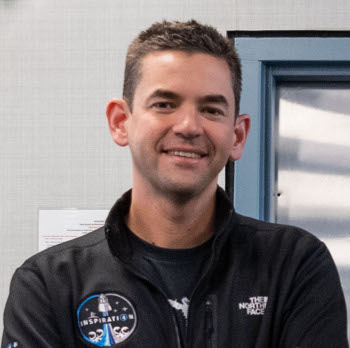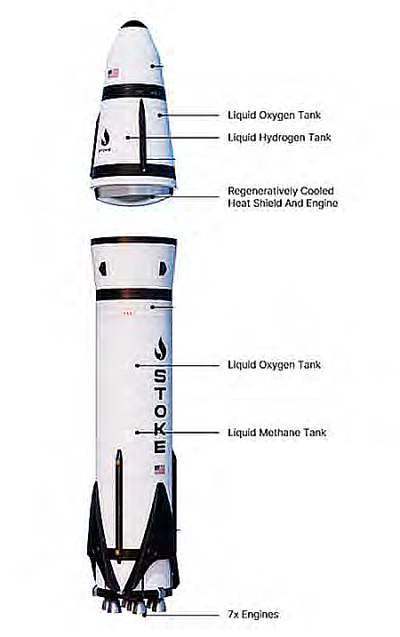October 10, 2025 Quick space links
Courtesy of BtB’s stringer Jay. This post is also an open thread. I welcome my readers to post any comments or additional links relating to any space issues, even if unrelated to the links below.
- Inversion Space shows off video of a helicopter drop test of a prototype engineering test vehicle of its proposed Arc recoverable orbiting capsule
The American company has raised $44 million in private investment capital. It has also won financial grants from the Space Force. The prototype resembled a lifting body design, similar to Sierra Space’s Dream Chaser.
- Space Force picks Blue Origin for satellite processing at Cape Canaveral
Essentially Blue Origin will provide the facilities for integrating satellites prior to launch, whether or not they are launched by Blue Origin.
- Law firm begins investigation in behalf of stockholders against Firefly because its stock dropped after its rocket exploded during a static fire test in September
It appears to both Jay and I that this law firm, Glancy Prongay & Murray, is fishing for a nuisance lawsuit to shake Firefly down for money. No one has grounds to sue just because a stock lost value because something went wrong. It’s called buyer beware.
- Ispace press conference showing off engineering test prototype of its 2nd generation lunar lander
After two landing failures with its first generation design, the upgrade will be bigger and will be used on its fourth mission in ’28, for Japan’s space agency JAXA. This prototype has already undergone thermal, radiation, and vibration testing.
Courtesy of BtB’s stringer Jay. This post is also an open thread. I welcome my readers to post any comments or additional links relating to any space issues, even if unrelated to the links below.
- Inversion Space shows off video of a helicopter drop test of a prototype engineering test vehicle of its proposed Arc recoverable orbiting capsule
The American company has raised $44 million in private investment capital. It has also won financial grants from the Space Force. The prototype resembled a lifting body design, similar to Sierra Space’s Dream Chaser.
- Space Force picks Blue Origin for satellite processing at Cape Canaveral
Essentially Blue Origin will provide the facilities for integrating satellites prior to launch, whether or not they are launched by Blue Origin.
- Law firm begins investigation in behalf of stockholders against Firefly because its stock dropped after its rocket exploded during a static fire test in September
It appears to both Jay and I that this law firm, Glancy Prongay & Murray, is fishing for a nuisance lawsuit to shake Firefly down for money. No one has grounds to sue just because a stock lost value because something went wrong. It’s called buyer beware.
- Ispace press conference showing off engineering test prototype of its 2nd generation lunar lander
After two landing failures with its first generation design, the upgrade will be bigger and will be used on its fourth mission in ’28, for Japan’s space agency JAXA. This prototype has already undergone thermal, radiation, and vibration testing.











